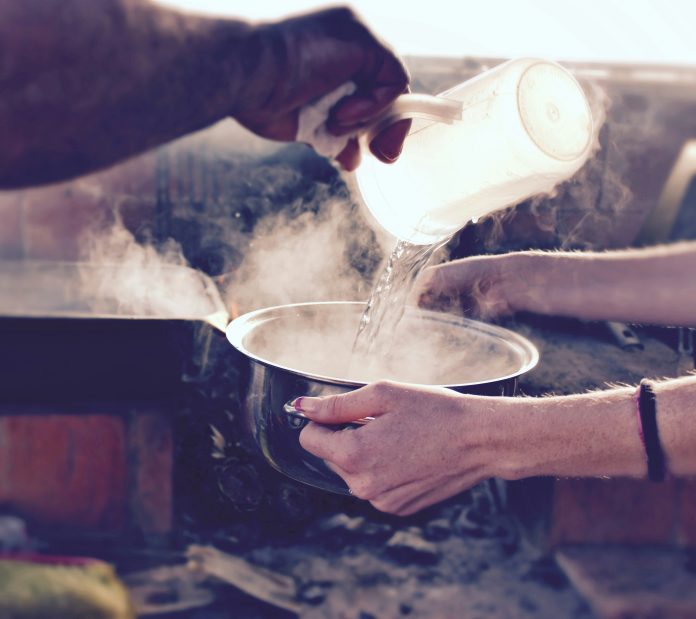Each year Emergency Medical Services respond to emergencies involving young children who have sustained severe burns or scalds. These incidents often occur inside the child’s own home. Common causes include a child accidentally tipping hot liquids onto themselves, touching hot surfaces such as stoves, or making contact with electrical outlets. Fortunately, incidents such as these can be avoided by taking preventative measures.
Degrees of Burn
- 1°: Affects only the top layers of the skin; appears red like a sun burn; discomfort is generally tolerable
- 2°: Deeper and much more painful than 1°burns; broken skin or blisters commonly develop
- 3°: Severe: The deepest layers of skin and tissue are injured; may appear charred or leathery.
First Aid for Burns
- Skin may continue to burn if not cooled. Immediately douse burns with large amounts of cold water.
- Cover the burn with a sterile dressing, or at least clean material to protect infection.
- Over the counter medications may be used for pain. Adhere to directions given on the label.
- Seek further medical attention, as required.
Prevention of Burns
- Check the temperature of your hot water tank. Temperatures as high as 60°C / 140°F will scald a child in just seconds.
- Use placemats instead of tablecloths. Tablecloths can be yanked downward causing hot drinks or food to spill on a child.
- Turn pot handles to the back of the stove and ensure cords from kettles, slow cookers, and other electrical appliances cannot be reached.
- Avoid picking up a child while holding any hot liquids.
- Ensure electrical outlets are made secure by installing commercially available safety devices which prohibit access.
- Keep children away from areas where appliances are in use (kettles, irons, hot stoves).
If you require immediate medical attention, call 911.










